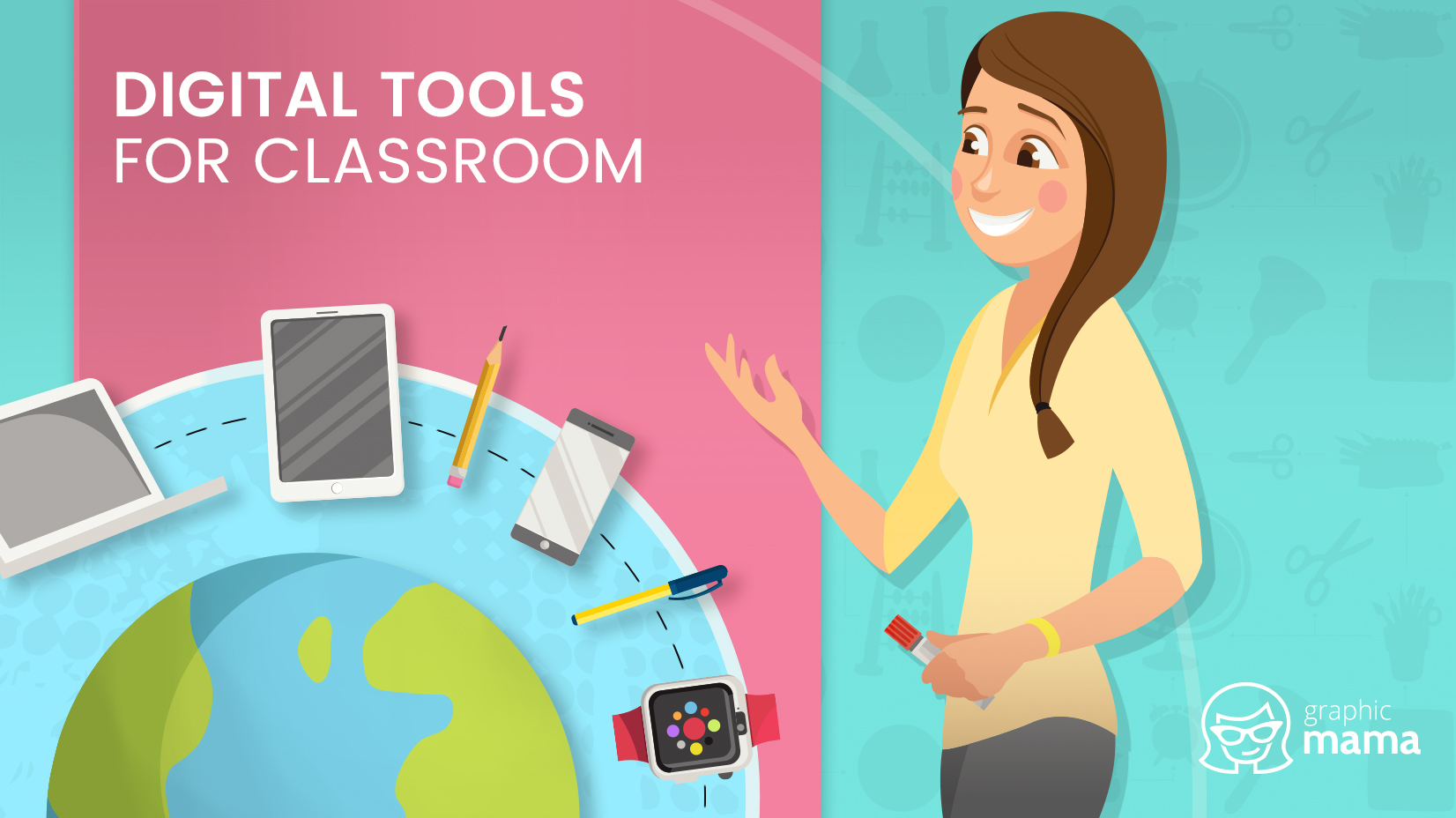Making virtual learning or distance learning work for all students is challenging. We can have all the best tools in place, but without equitable access at home for all our students — and adequate prep and training for ourselves — it’s tough to replicate a traditional, in-person learning experience. When distance learning necessitated a reliance on technology, many teachers began experimenting with digital tools. From the student’s perspective, experiences were mixed. Some appreciated the new opportunities created by these technologies, especially in contrast to some limitations of in-person learning. Others chose to return to more analog methods, determining what worked best from the prior world and consciously choosing to keep some of the newer tools acquired during remote teaching.
I have never been into online learning. However, during the Covid-19 pandemic; when the whole world went into online teaching and learning. I started with my education and giving lessons online. Initially, I struggled a lot because no proper training was provided and even students were not correctly aligned. Some teachers found themselves encouraging their students to return to pen and paper during virtual education to prevent a feeling of inundation by technology. Soon, Teachers and Children became habitual and started using different tools for education. There is no doubt that using different tools brings happiness and fun in the classroom as I said in the presentation also; Students don’t even feel that they are learning because they are so engaged in these tools for education. To keep our participants engaged, collaborative, and most importantly- focused. With tools like the playlist, whiteboard, polls, quizzes, and breakout rooms, we can now teach more efficiently and bring your class to outstanding results.
The most used tool that I preferred as well as used during my online teaching and learning is Zoom. Zoom Meetings have practical features that make online teaching easier, such as breakout rooms. These help teachers separate the students into groups, much like you would do in a normal classroom setting. Each group can communicate with each other and the teacher can be notified to come in and help if needed. Since Zoom became so popular for distance learning, many other online teaching tools have incorporated seamless integrations.

A few of my favorite tools or apps which I would like to work more if I have to take online educations are:
Quizizz is a free online learning game site that is incredibly easy to use, has zillions of already-made games on just about every topic that are fun activities for reinforcement and formative assessment, and has recently added a simplified Nearpod-like feature (for those of you familiar with that popular tool) called student-paced “Lessons.” My students love playing Quizizz games in teams divided into separate Zoom breakout rooms. Unlike other game sites, students can see the question and the possible answers on the same screen and don’t have to split them into two.
Baamboozle is another free online game site. Its main advantage is that it’s set up so that students can play online in teams, but they don’t have to go into different breakout rooms. In other words, students can select a question to answer and talk among themselves in front of others to determine the correct answer (other students are waiting for their turn to choose another question). If that explanation is a bit confusing, it will be very clear once you go to the site itself.
Quill is a free and amazing site where students can learn grammar in a nonpainful way. I use it with my English-language-learner classes, but students of all English proficiency levels would find it helpful. I love that after periodic “diagnostics,” it recommends which exercises students should move on to for additional practice.
FlipGrid – You might be familiar with this website’s ability to capture short videos of students’ responses, but what puts it in another league is the ability for back-and-forth video dialogue between students. This gives access to more students and opens possibilities for collaboration. A kindergarten student can count toys over the video, and their friends can ask follow-up questions such as, “How many are pink?” and then upload a video response. English- and world-language learners can practice new speaking skills while previewing and editing their video responses as they master the pronunciation. This tool gives students the ability to engage in rich peer-to-peer collaboration.
To conclude, After careful evaluation of the available resources and how they applied to my student’s needs, I opted for three online tools: Kahoot, Wordwall, and Padlet. These platforms share features that allow me to use them in the classroom as well as for teacher training. They are adaptable for fun and interactive learning for both students and teachers. I do not need to use them for every class, but if I need to complement my lessons with the school’s adopted material or to the material that I create, these websites are my support.
Padlet allows users to collaborate, create, and learn from each other. Padlet also allows the teacher to upload content and give feedback to the students, all on one platform. It can be used for vocabulary practice, reading, and listening. One of the features that the students like on Padlet is the image search option. It is a great tool to create a visual dictionary. During live sessions on Zoom, students can work on Padlet during breakout-room sessions. I like giving students time to discuss a topic in breakout rooms, so Padlet is great because students can create a visual board highlighting the topic of their discussions. They can also write sentences and include images using new words they have learned. Teachers can post images and ask students to write sentences about the images, which is a great activity for beginner ESL students.
Kahoot can be used to wrap up a session of teacher development or an ESL lesson. When I use Kahoot during teacher-development courses, I am also demonstrating the platform in a practical way. Teachers become familiar with Kahoot and are ready to use it in their classes. I think it is important that teachers experience the tools that students will use to gain familiarity and anticipate anything that can be added to their lesson plans. ESL students like Kahoot because it is fun and competitive. Students also like its sounds, which give movement to the activity.

To make online learning successful, educators should be willing to upskill themselves and adapt to the changes. It requires teachers to have a basic understanding of using digital forums. To combat this, schools should invest in training teachers and provide them with important digital tools for a seamless teaching experience.
Thankyou
Gunpreesh 🙂
Thank you for your post Gunpreesh, I was unfamiliar with some of the tools that you posted about, and I appreciate their inclusion. I agree that not enough is being done on the professional development side of technology integration. When my school division moved to a new learning and communication platform I received a total of 3 hours of formal instruction, most of which was watching videos. I find it difficult to teach my own student the intricacies of a program I barely understand myself. The worst part is knowing that you are not utilizing an application or piece of software to its fullest extent. Even to this day I will see my colleagues using a program feature I’ve never seen before. It can be frustrating. I don’t expect to be an expert in all aspects of these platforms, but it would be nice to feel competent.
Thank you for sharing the blog post gunpresh and I really enjoyed your blog post. I totally agree that after Covid 19 importance of online lesrning is increased and there are many apps suchs as khoot paddlet that makes teaching and learning more interesting it is very important that teachers have knowledge of how to use teachnological gadget For efficient teaching environment, schools should invest in teacher training and equip them with necessary digital tools.
Hi Gunpreesh,
I appreciate your post on numerous levels. You bring up an important point that educators must be properly trained to use the EdTech software/hardware recommended for student. For example, I received a 3D printer at the start of this year….but it’s been sitting dusty because – on top of my other responsibilities – I just didn’t have time to implement with my curriculum authentically. I finally brought in one of our IT specialists to train the students (AND me). I’m so glad I did because there are a number of math outcomes we’re now meeting….and (just as you said) my students hardly realize they are learning because it’s so fun. Also, thank you for the Quill recommendation. I’ve been looking for something similar to Esssential Skills since my Division cut the funding. Quill seems like an awesome alternative.
Hello Gunpreesh,
Some tools that you mentioned are new to me! Thank you I will research more on them and will try to use them too…
I agree that schools should provide adequate training to teachers. Due to COVID when everything shifted to online I have seen (including myself) several teachers who were facing problems in conducting classes online. Moreover, not only schools but teachers as well must try to enhance their own knowledge.
Thank you for this interesting post!